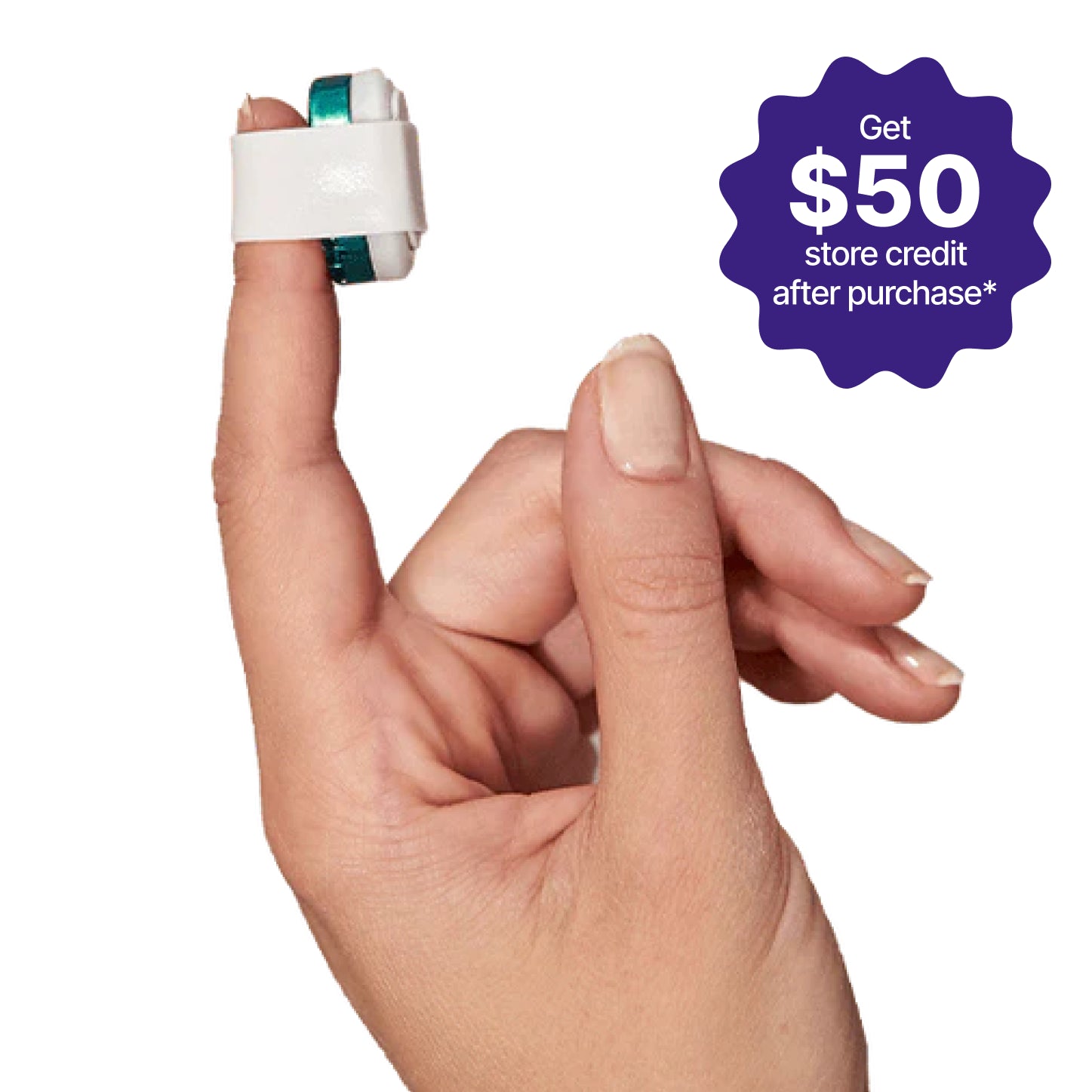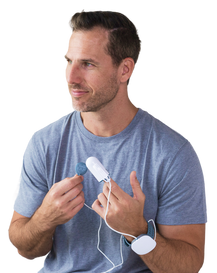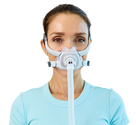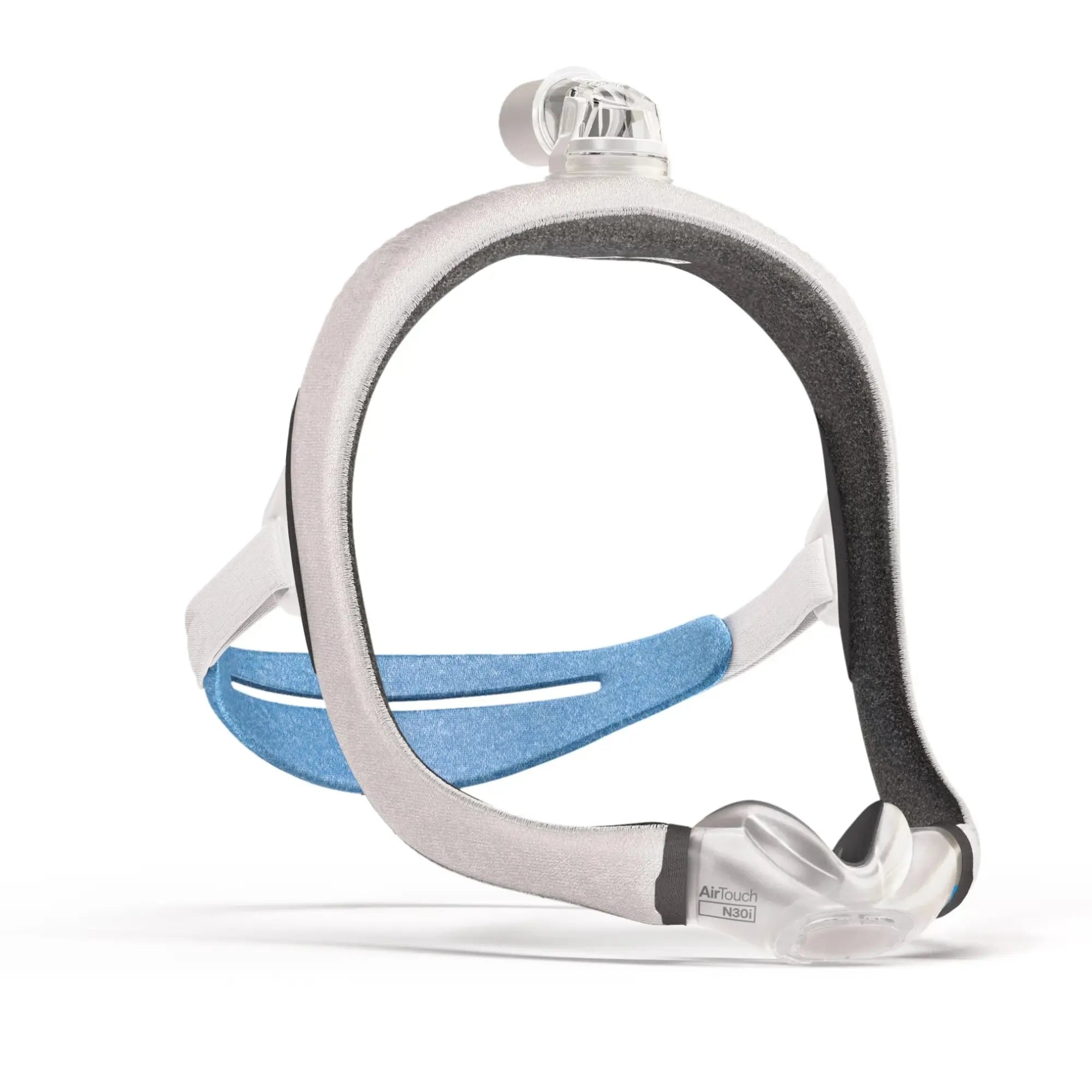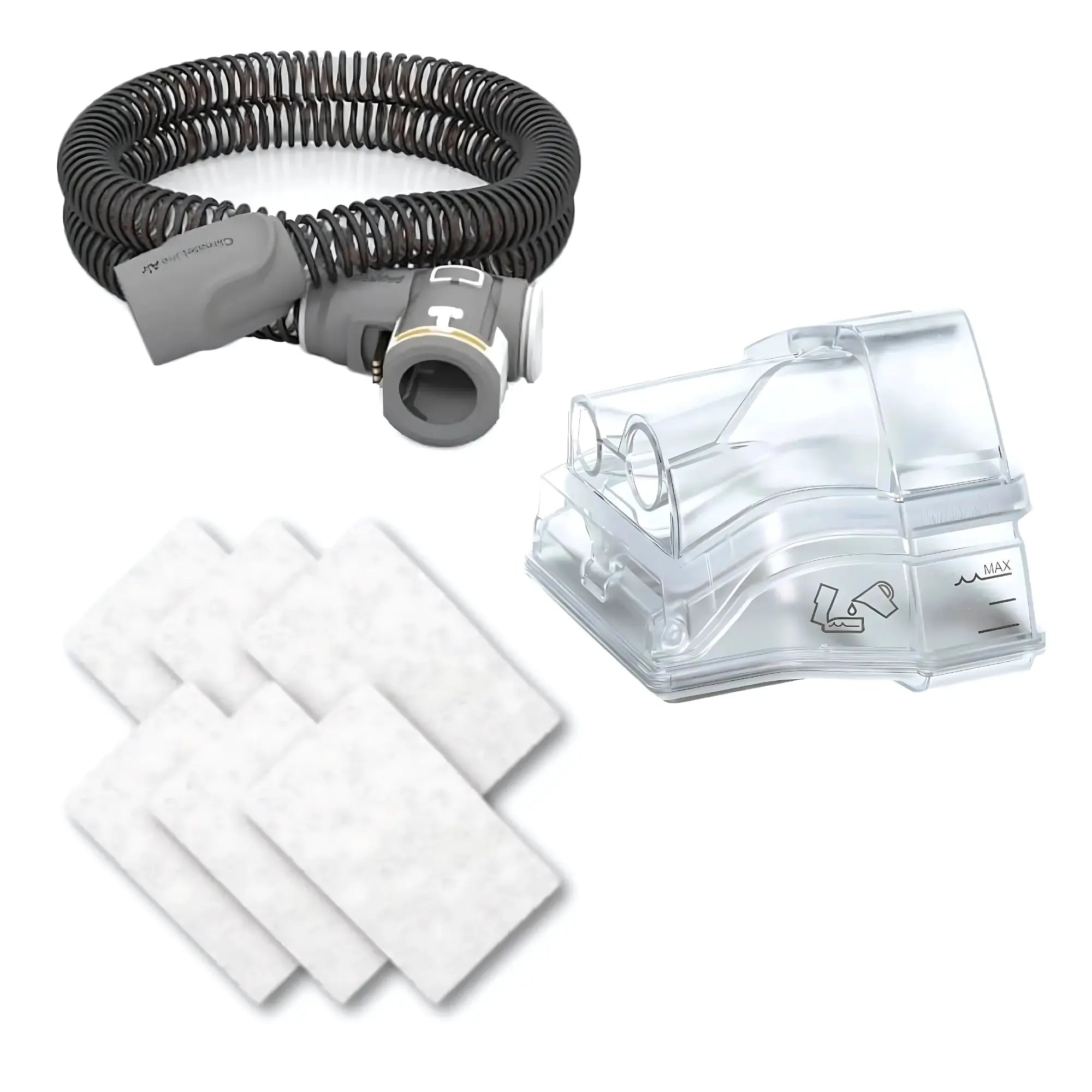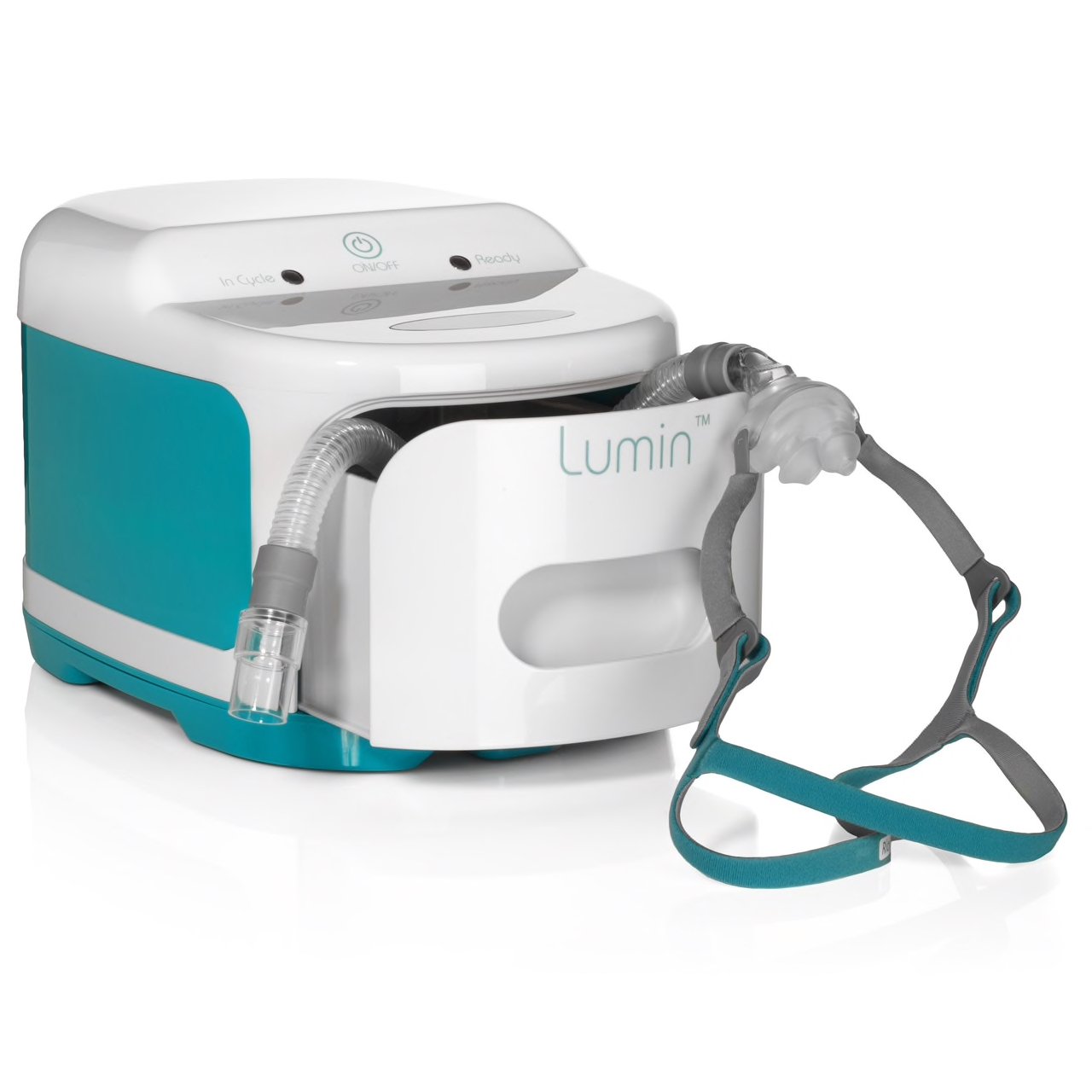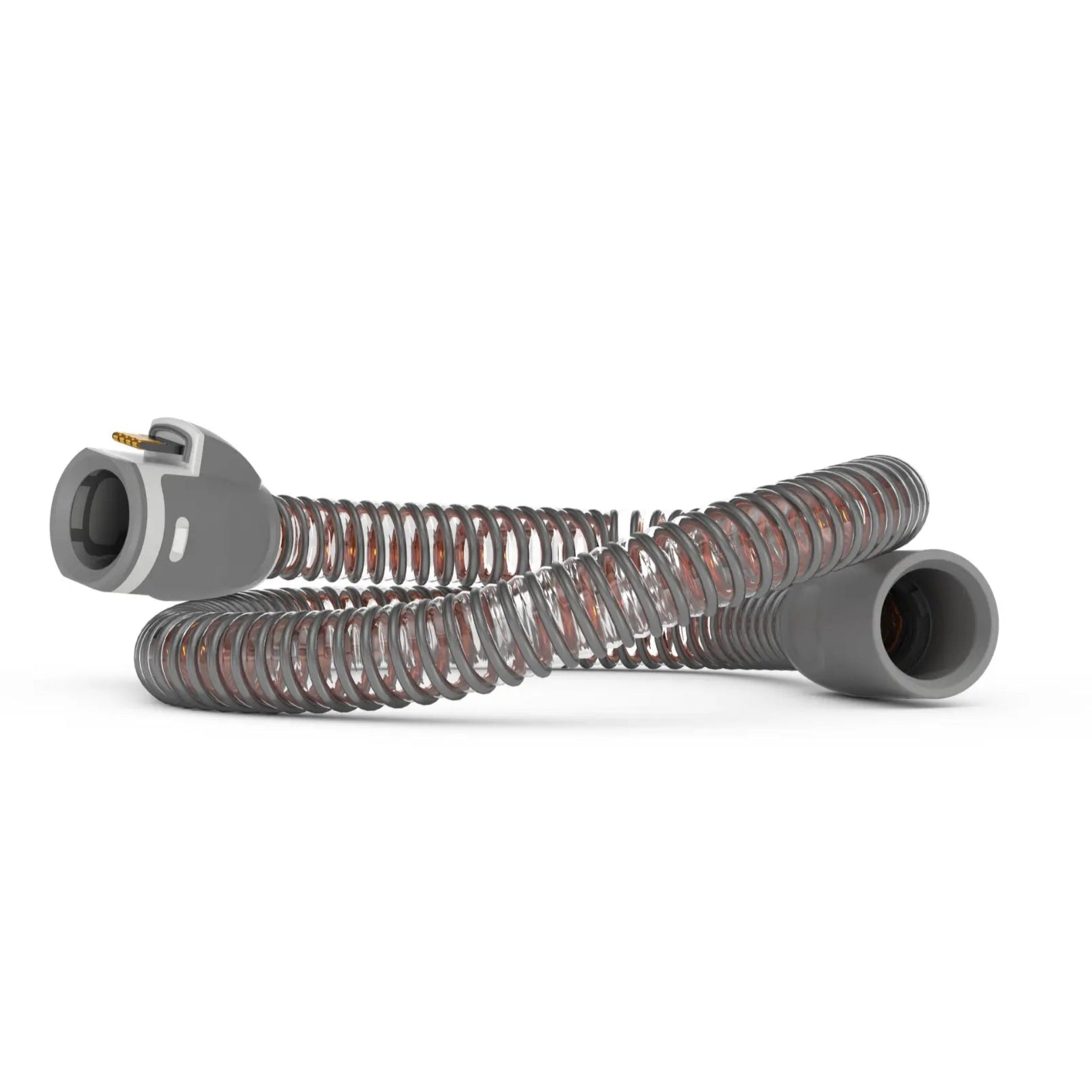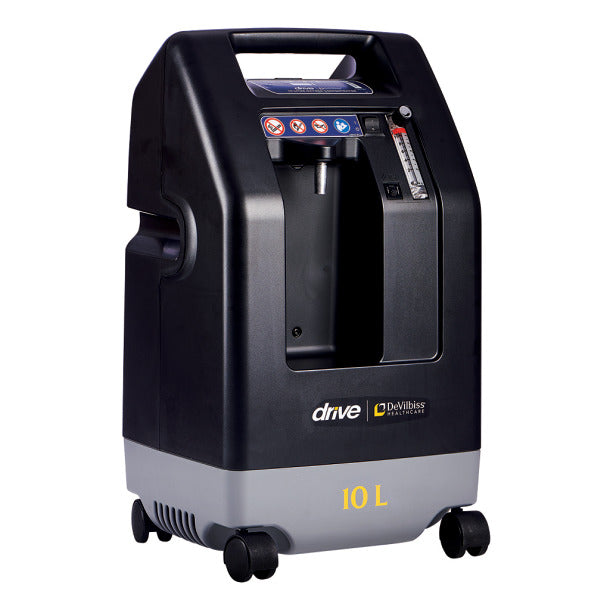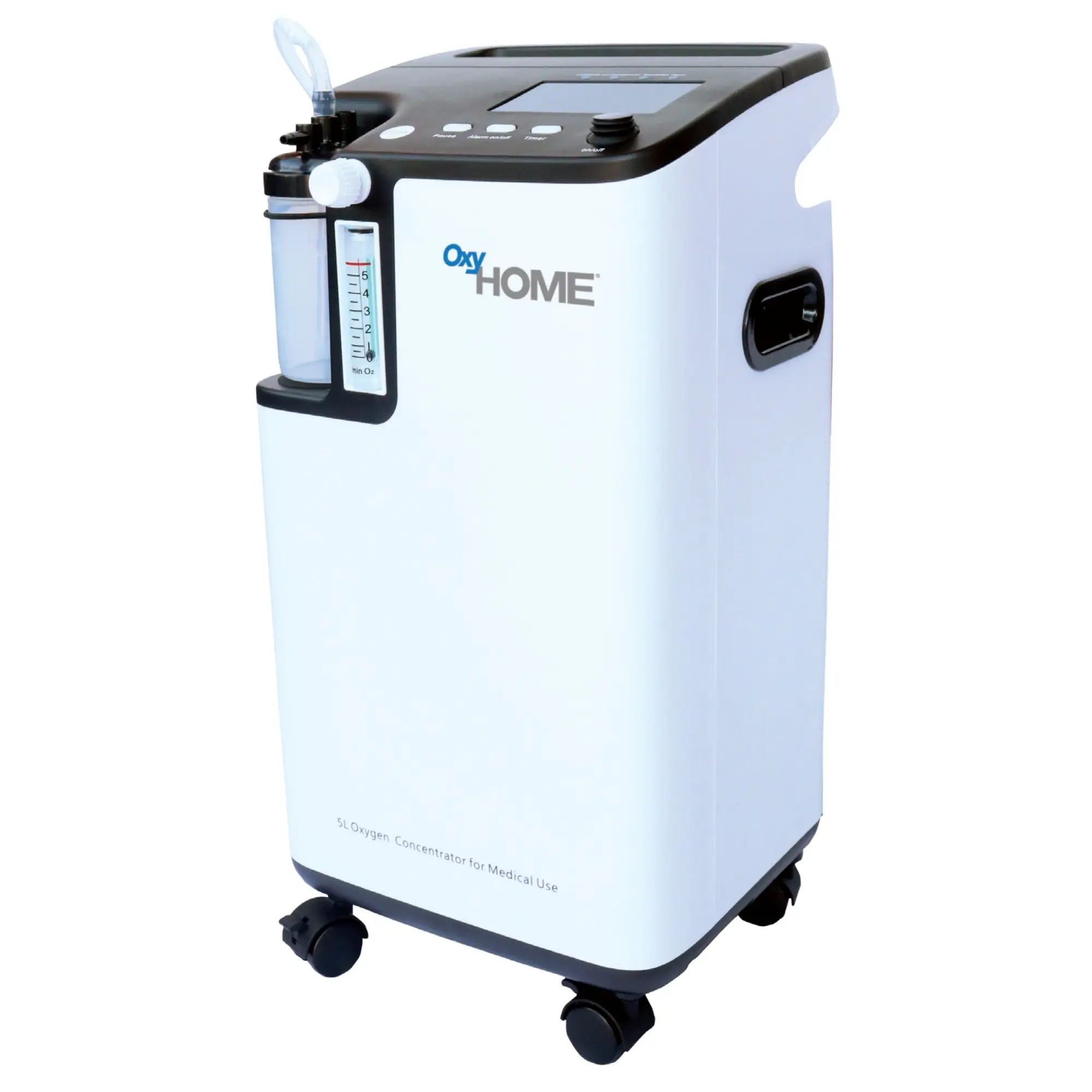There are a couple of advanced and advantageous functions available in continuous positive airway pressure or CPAP devices. These are designed to put the patient with obstructive sleep apnea or other sleep disorders at ease and in charge of their therapy. Among these is the CPAP ramp time feature, which can be an exceedingly effective system for those who are new to CPAP therapy. The ramp feature is also available on bilevel or bipap machines like the Aircurve 10 as well.
Let’s find out what ramp time is and how the ramp function is beneficial.
What Is Ramp Time?
The ramp feature is an innovative way for new patients to get used to breathing in the pressurized air while trying to fall asleep. This feature allows for the air to be slowly introduced to the patients CPAP mask so they can get used to the feeling of the air pressure. Then, as the patient starts to feel sleepy, the air pressure increases before finally reaching the maximum pressure prescribed by the doctor.
It generally takes from 5-45 minutes, depending on the ramp time you choose. If the settings are inputted correctly, the maximum pressure setting is reached when you are deep in sleep. Therefore, you do not notice you are being treated with high air pressure after you’ve relaxed and fast asleep.
For a new patient, the first burst of CPAP therapy can feel intense. This feature lessens some of the intensity. People using this feature tend to continue with their therapy instead of stopping it due to the shock of the first round of air pressure. As a result, they don’t feel the high level of discomfort that usually follows when trying CPAP devices for the first time and are willing to complete the therapy period.
Does Every CPAP Machine Have A Ramp Time Feature?
No, not every CPAP device is installed with the ramp feature. When you are purchasing one for the first time, check all the functions properly. For maximizing the efficiency of a machine and depending on the kind of therapy a patient needs, some devices skip out on certain features while others keep all of them.
In almost all devices, the ramp function is usually present either as an option or with a ramp button. It is thought to be an important feature that these devices should not usually leave out. Still, some devices do not have it. Therefore, before purchasing, you need to check the functions list thoroughly and see if there is a ramp up option.
As of now, the ResMed AirSense 11 Auto CPAP Machine, the ResMed AirSense 10 Auto CPAP Machine, and the ResMed AirMini CPAP Travel include the ramp time feature.
CPAP Machines with Ramp Function
How to Make Use Of The CPAP Ramp Function
Depending on the machine, how you set up the ramp time feature can be different. But, generally, it follows a standard method, and that is what we are listing here.
The Air Pressure At The Start
You should find a setting that lets you choose the pressure level when you first begin your therapy for the night. The lowest setting tends to be 4 in most cases. It is the default setting in a lot of machines. If you want the starting pressure to be higher, you can adjust it accordingly. Another things you should look for after adjusting the ramp time is the therapy pressure relief or EPR. This make exhaling on CPAP therapy easier.
The Ramp Running Time
The running time of the ramp is the duration it takes before the machine reaches the air pressure that the doctor actually prescribed. The default setting in most of these devices usually hovers around the 45-minute mark. You can increase or decrease the time based on how long you think it will take you to fall asleep. There is also the option to control the air pressure increase at intervals. For a 45-minute slot, air pressure increases every 5 minutes.
By making use of both these settings, users can improvise their therapy session experience. After you have settled on the preference you like the most, the machine should be ready to use.
Most people can begin using the CPAP device out of the box. Clicking a singular button should get you started on the default ramp settings. After trying it on the first night, you can make adjustments if you notice that 45 minutes is not enough or too much.
Common Problems CPAP Users Face With Ramp Time Function
Sometimes, even with ramp time activated, patients can face certain problems.
You Wake Up When The Target Pressure Is Reached
Even with the ramp time pressure on, you find yourself waking up when the prescribed air supply pressure is reached. If that happens, the ramp time function is not for you. This means that even in sleep, your body can not get used to the high pressure. The only way to deal with this situation is to let go of ramp time and take the actual air pressure supply from the start. You basically have to force your body into accepting the prescribed pressure level.
Restarting Ramp
Sometimes, you can wake up late into the night. The pressure is in high settings by then, and you don’t feel comfortable falling asleep again. You would need to adjust the ramp time from the patient menu. Restarting is actually startlingly simple. You would need to go to the patient menu on your CPAP machine and find the ramp option, from there you can edit the the ramp time.
Unless you wake up frequently in the middle of the night, this should not be a huge problem.
Using The Ramp Too Much
CPAP machines typically go up to 20 centimeters of pressure. While ramp time makes it easier to get used to, many people wake up when the air pressure is in full setting. If you wake up once or twice at most, it is okay. However, if you wake up frequently and start the ramp all over again, it can get tiring real fast.
The therapy also is not as effective as you want it to be since the ramp restarts at 4 centimeters of pressure once again if you are using the autoramp feature. You would lose a significant portion of therapy time due to starting and restarting the ramp. If the goal is to treat your sleep apnea, losing out on quality therapy time would not do.
We can not deny that ramp time is a great function that lets you ease into therapy. So, if you can sleep through higher pressure, using the ramp would not be a bad idea. However, if you wake up a lot throughout the night, it might be better to forget the ramp time function. Instead, try to get used to standard air pressure therapy to get the best out of your treatment.
Additional Benefits of Ramp Time for Seasoned Users
While the ramp feature is often highlighted for new CPAP users, seasoned users can also benefit from this feature. For example, those who experience discomfort after taking breaks from CPAP therapy or those who struggle with higher pressures on certain nights might find ramp time helpful in easing back into therapy. By gradually increasing the pressure, users can avoid feeling overwhelmed, even if they are familiar with the treatment.
Adaptive Ramp Technology
Many modern CPAP machines, like the ResMed AirSense 11, incorporate adaptive ramp technology. This feature doesn't just follow a fixed time schedule but monitors the user’s breathing patterns to detect when they fall asleep. Only then does it gradually increase the air pressure to the prescribed levels. This smart approach ensures that users aren’t exposed to higher pressures until they’re comfortably asleep.
Ramp and Humidification
You could also mention how ramp time interacts with humidification settings. CPAP users who combine ramp with heated humidification can enjoy a more comfortable experience, especially in the initial stages of therapy. The gradual increase in air pressure combined with humidified air can reduce issues like dry mouth and nasal passages, making it easier to fall asleep.
Ramp Time in BiPAP Therapy
BiPAP (Bilevel Positive Airway Pressure) machines, such as the ResMed AirCurve 10, also feature ramp functionality. In BiPAP machines, the ramp feature applies to both inspiratory and expiratory pressure settings, helping users adapt to the different pressure levels during inhalation and exhalation. This can be especially beneficial for people who require higher pressures or have more complex sleep-disordered breathing conditions.
Special Considerations for Auto CPAP Users
For users of auto-adjusting CPAP machines (APAP), the ramp feature works slightly differently. Since these machines automatically adjust air pressure based on the user’s needs throughout the night, the ramp feature might not increase pressure linearly. Instead, it might stay low until it detects specific breathing patterns, providing personalized comfort and optimal therapy.
Troubleshooting Ramp Issues
While you’ve touched on common problems, consider adding a troubleshooting section with tips such as:
- Adjusting ramp duration: If you wake up feeling like the pressure is too high too soon, consider lengthening the ramp time.
- Pressure adjustment in consultation with your doctor: If you continually feel discomfort even with ramp time, it might be worth revisiting your prescribed pressure settings with a sleep specialist to find an optimal pressure level for comfort and therapy effectiveness.
Importance of Proper Mask Fit with Ramp
A well-fitting CPAP mask is crucial for maximizing the ramp feature’s effectiveness. If the mask is too loose or uncomfortable, even a gentle ramp increase can result in air leaks, disrupting your therapy and sleep. Adding a reminder about proper mask fit ensures that users are not only relying on ramp time but also on the overall comfort of their CPAP equipment.
CPAP Ramp Feature and Sleep Onset Insomnia
For those who suffer from sleep onset insomnia, ramp time can be particularly beneficial. By starting therapy at a low and less intrusive pressure, the ramp feature helps people relax and fall asleep faster, addressing one of the common challenges faced by sleep apnea patients who also have trouble falling asleep.
Final Thoughts
CPAP devices are a great help for patients who experience problems with breathing. However, a lot of patients describe their first air pressure encounter as similar to the sensation of choking. Not a pleasant way to fall asleep. After you get used to it, it does not matter much. At first, though, it can be tough. The ramp time function allows you to begin your CPAP therapy at a lower pressure so you can get used to the pressure.
When you are buying a new CPAP device, make sure to check whether the device comes with a ramp function. If you are buying online, the description box should have such details listed. If you are directly buying from a manufacturer, be sure to ask them plenty of questions. Please contact your healthcare provider if you have a question about your therapy as they can provide the best medical advice for you.



